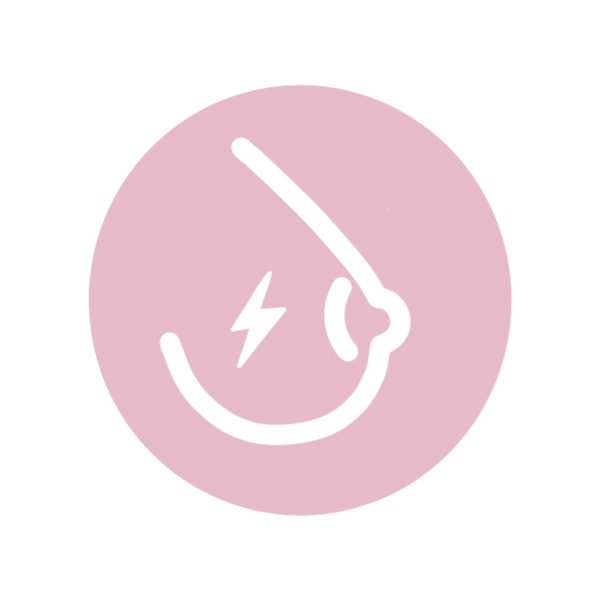Breastfeeding problems: breasts hurt
Breastfeeding

It is possible that a few days or weeks into breastfeeding, you find painful lumps in your breasts. Or, there might be times you wonder how to avoid breast engorgement.
Here are common breastfeeding-associated problems that many moms experience and our tips on how to handle them.
Inflammation of clogged milk ducts
Clogged milk ducts usually result from inconsistent feeding or improper latch — the baby can’t suck strong enough to empty the breasts. As milk buildups clog the ducts, they obstruct the flow of milk. If you see milk blebs on your nipples or feel hard lumps in your breasts that hurt when pressed, they may be signs that you may have clogged ducts. Here are ways to deal with them.
- Avoid pressure: Tight bras can restrict the flow of milk in those enlarging breasts. Also, certain sleeping positions that exert pressure on your breast can obstruct milk flow in the ducts. So, wear nursing bras and choose sleeping positions that free the breasts (from armpit to collar bone).
- Feed on the clogged side: Let your baby feed often from the side that is clogged. The suction force from your baby’s sucking activities will help unclog the ducts and get milk flowing again. But don’t forget to feed on the normal side to keep milk production going. If the non-feeding side is leaking, wear a breast shell to collect it or put a fingertip on the nipple to stop leakage. If your baby doesn’t get to feed on that side, you can express milk and store it after the nursing session finishes.
- Apply warmth: Try to massage the breasts and pad them with warm clothes gently before feeding. This technique helps to get the milk flowing through the ducts better.
Breast engorgement
When your milk starts coming in and your body produces more milk than the baby feeds, your breasts become swollen and painful. Before your body adjusts milk production to meet the amount your baby needs, here are ways to cope with breast engorgement.
- Pre-feeding massage: When your breasts are full, the nipples and areola are usually too firm for a baby’s small mouth to latch on. Massaging the areola area before feeding until they are supple can help the baby establish an efficient latch and sucking routine. You can place 2 or 3 fingers under your areola and press from the top with your thumb, and then massage in a circular motion until it is soft.
- Expressing milk: Hand expressing your breasts a few minutes before feeding helps relieve pressure from the engorgement and makes latching easier. An electric breast pump is also a convenient option to consider.
If you continue to experience pain on your breasts that doesn’t subside after a few nursing sessions or is associated with redness or fever, make sure you contact your doctor to get a proper diagnosis.
Verified:
Dr. Wanwadee Sapmee Panyakat (OB-GYN), license no. 41208 (10 November 2021)



